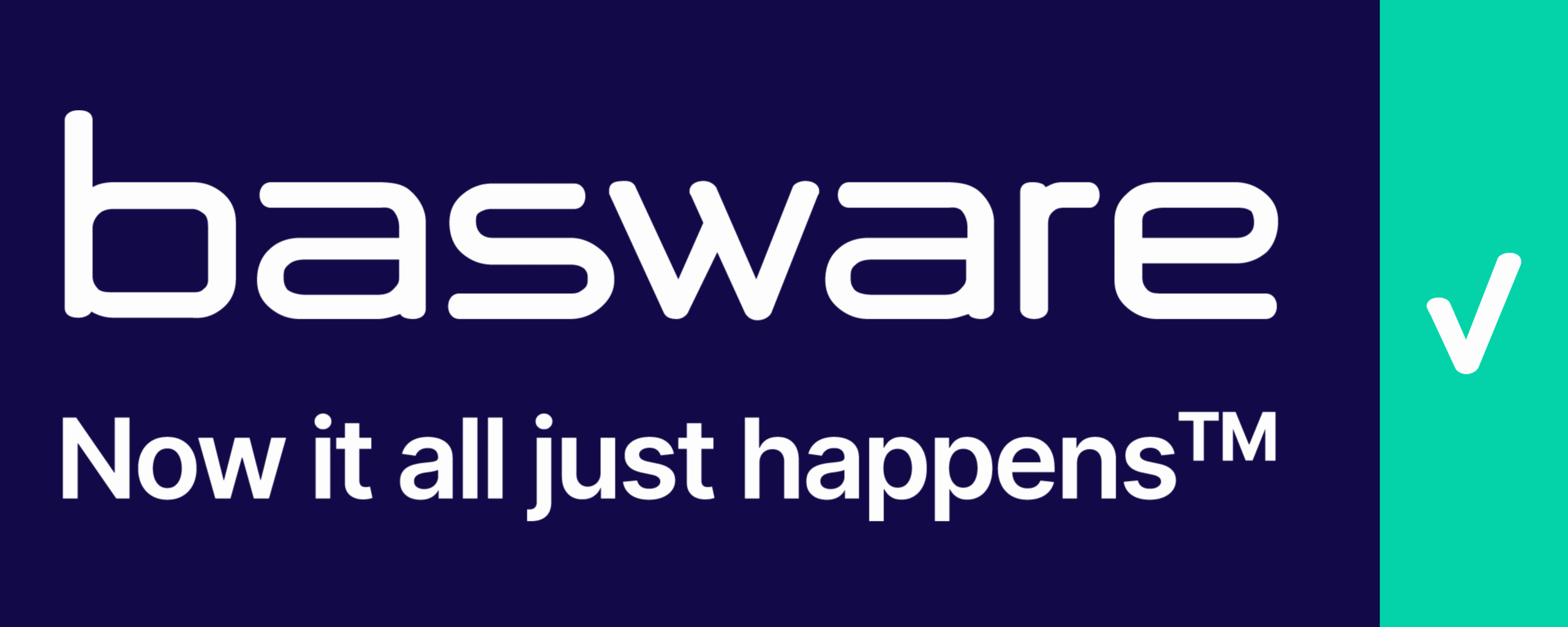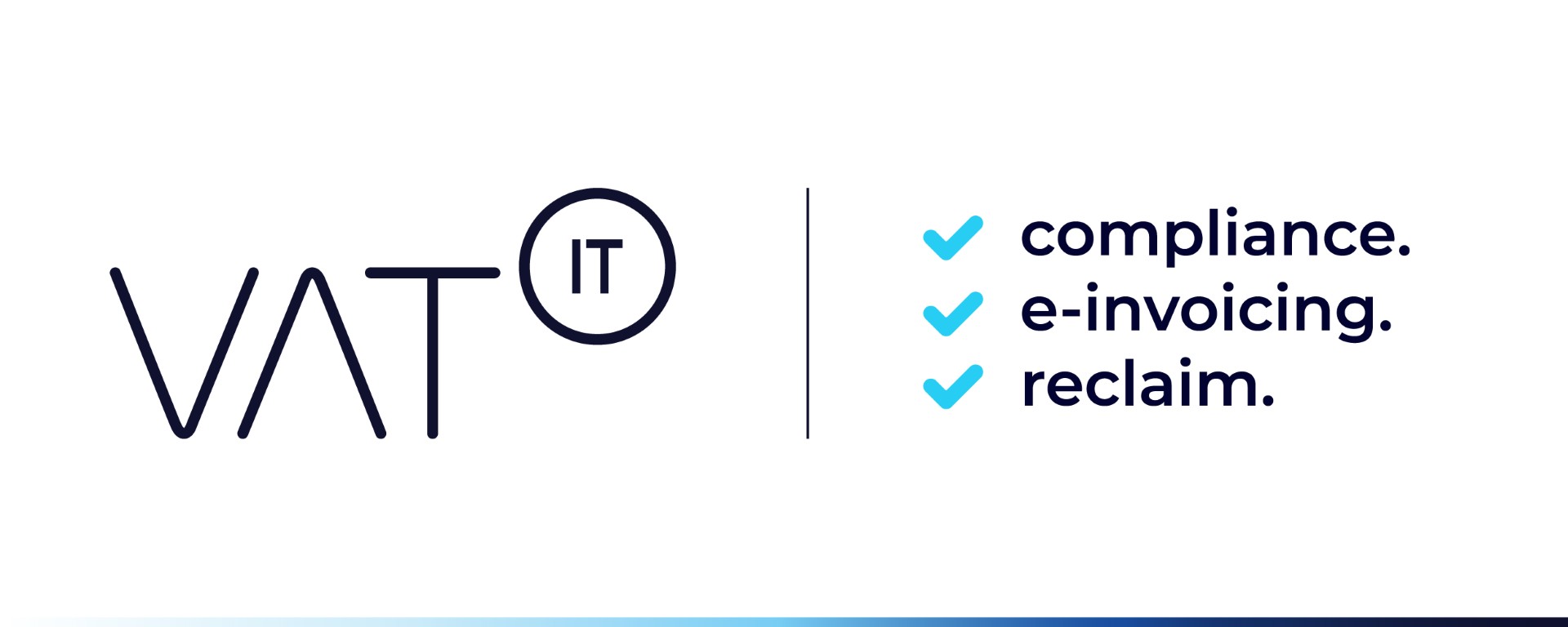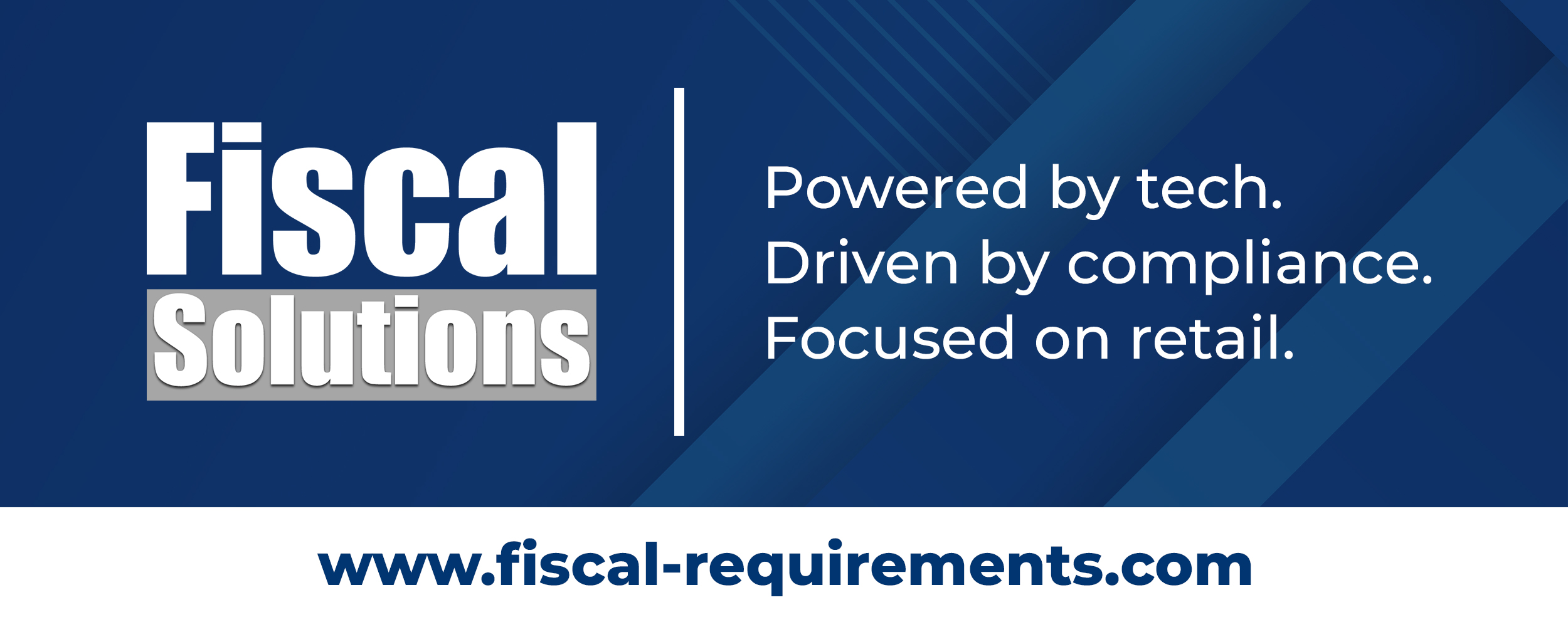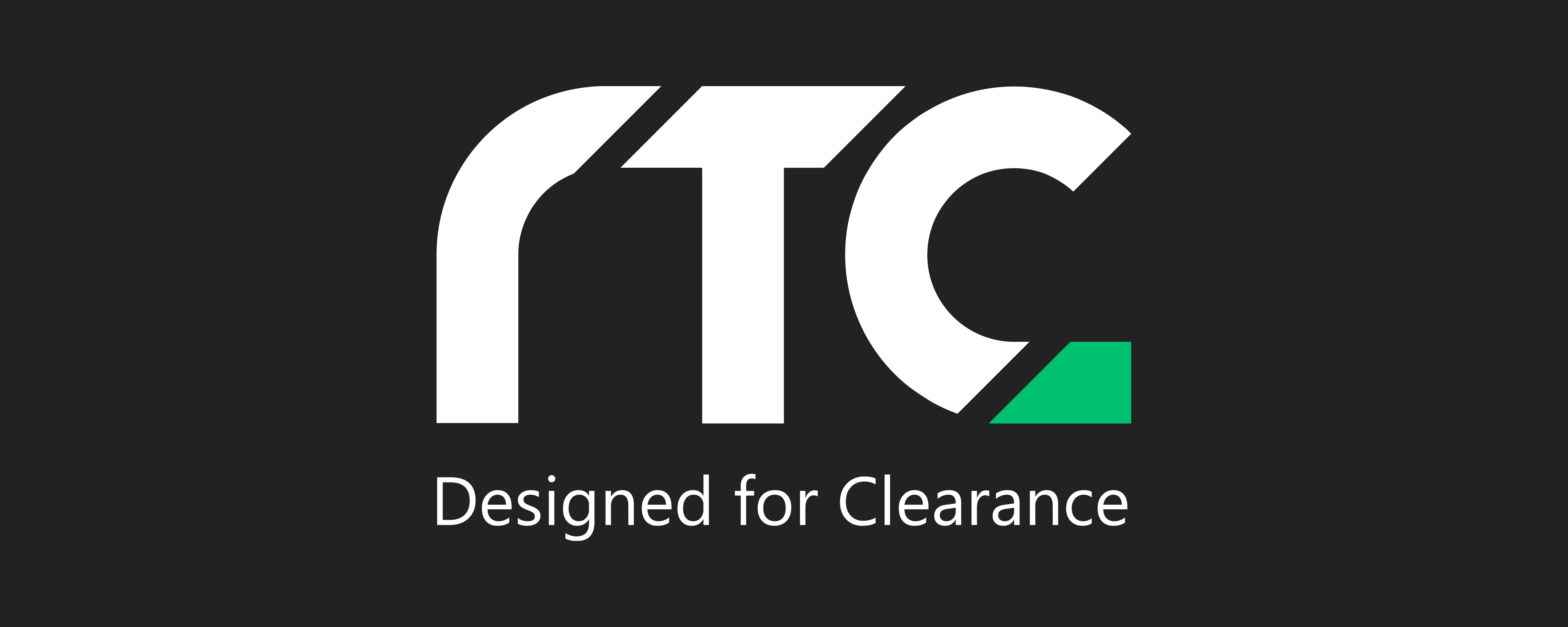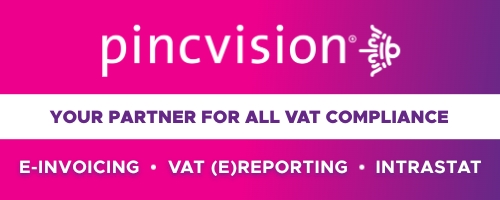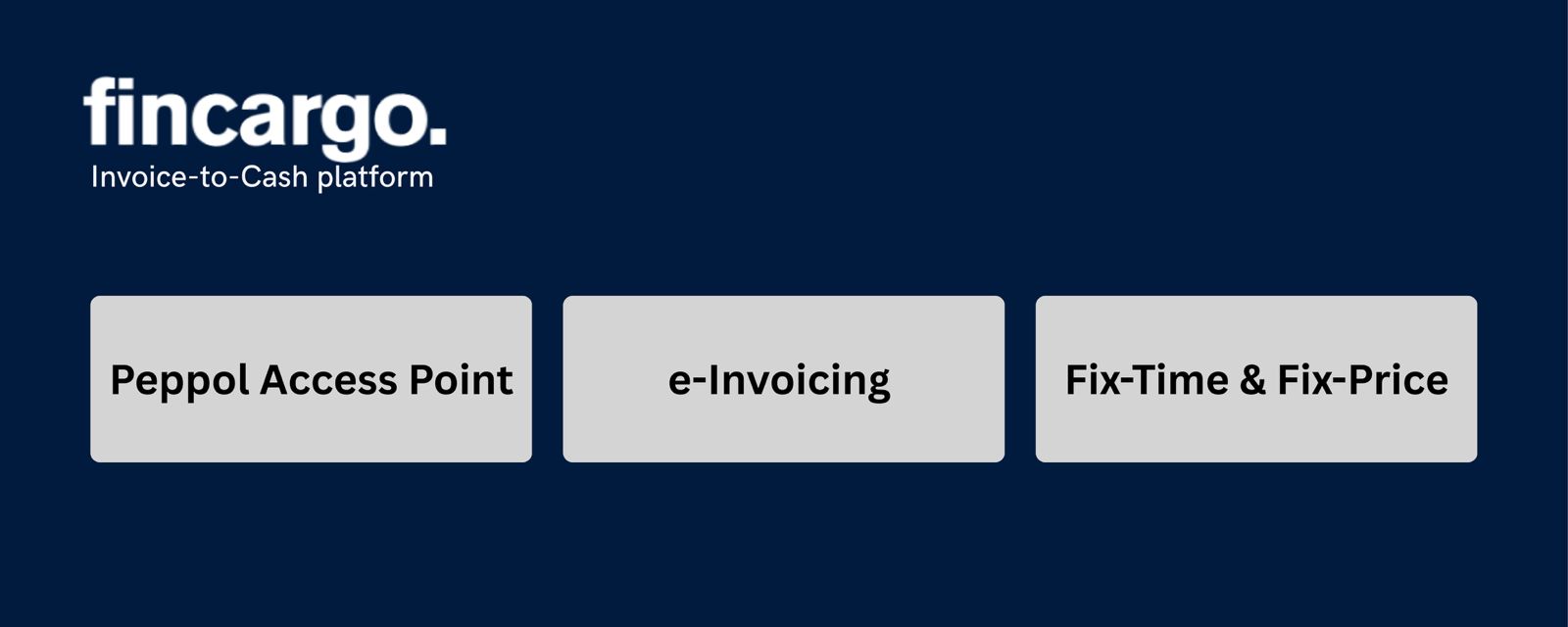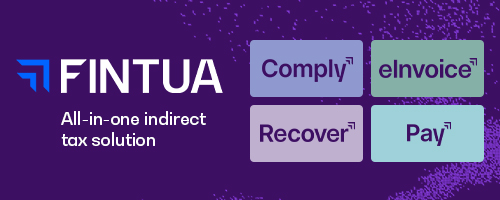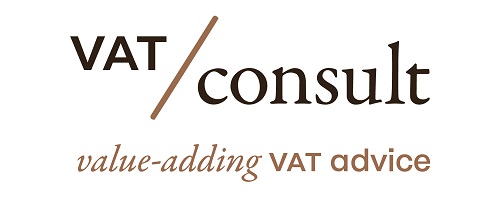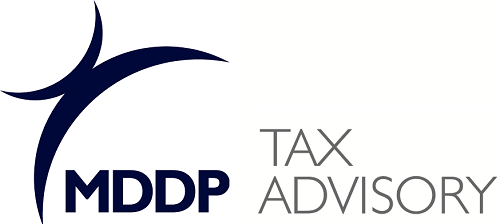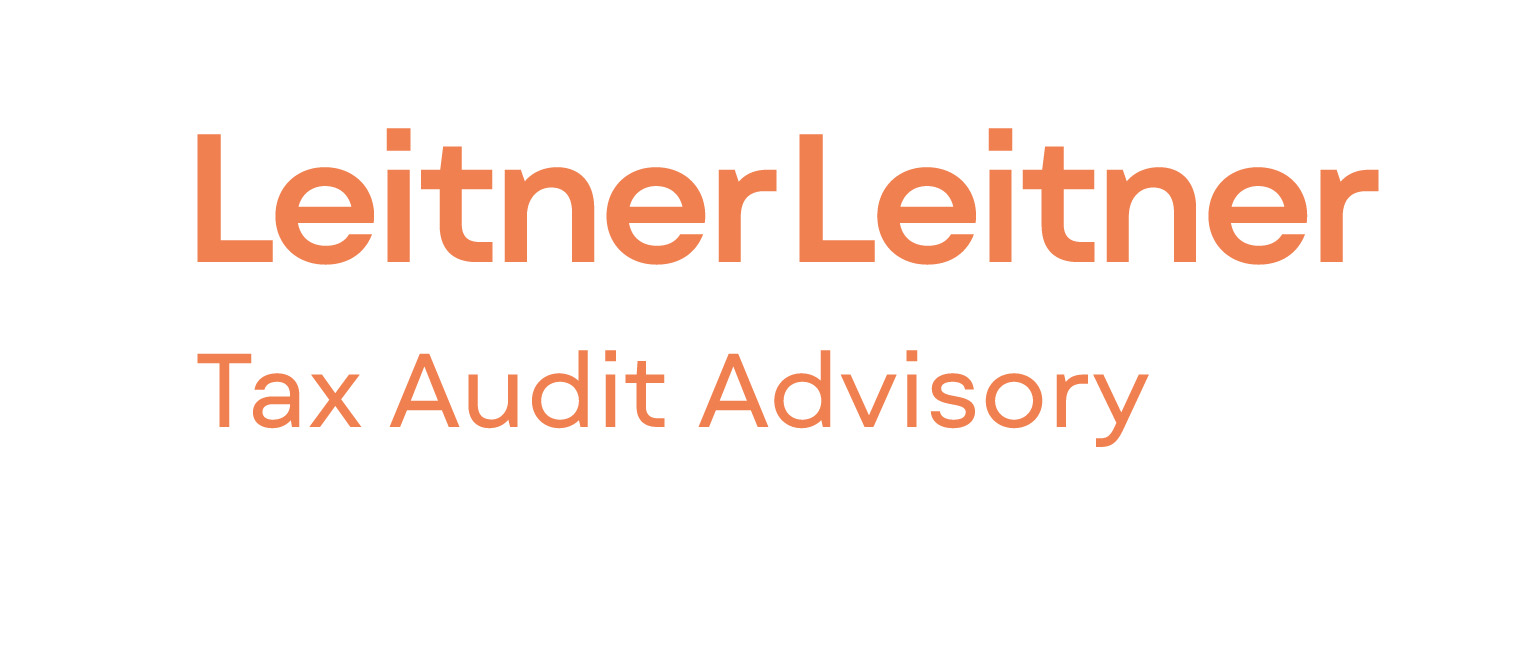-
EU VAT Overview
Businesses worldwide selling to EU customers must charge VAT, regardless of location. It’s not enough to pay home-country taxes—EU VAT rules apply to most digital and physical sales to EU consumers. -
Why Non-EU Sellers Must Charge VAT
To maintain fairness and tax revenue, the EU requires non-EU sellers to charge VAT on sales to EU customers, preventing foreign vendors from undercutting local businesses by avoiding tax obligations. -
Zero Threshold for Digital Services
There’s no VAT threshold for digital product sales to EU consumers. Even a single taxable sale creates a VAT registration obligation—surprising many remote sellers new to the European market. -
VAT Registration via OSS
Non-EU sellers must register for VAT in one EU member state through the One-Stop Shop (OSS) under the “non-Union scheme,” enabling centralized filing and payment across all EU customer countries. -
Verifying Customer Identity and Location
Sellers must verify if a customer is a business or consumer and where they’re based. This determines whether VAT applies and which rate, using verified VAT numbers and location proof. -
When to Charge VAT
Charge VAT on B2C sales to EU customers without valid VAT numbers. For B2B sales with valid VAT numbers, the reverse-charge mechanism applies—VAT isn’t charged by the seller. -
Issuing VAT-Compliant Invoices
Invoices must include detailed buyer/seller info, VAT numbers, rates, and total amounts. Keep records for five years and be ready to submit them electronically within 30 days if requested. -
Quarterly VAT Returns
VAT returns are filed quarterly through the OSS portal, with strict deadlines. Sellers must convert foreign currency sales to their OSS currency using ECB rates and submit accurate tax amounts. -
Refund Eligibility for Overpaid VAT
Overpaid VAT is refunded by the individual EU countries where the customers reside—not the OSS. Refunds are sent to the seller’s registered bank account in each country’s local currency. -
Tools for Simplifying VAT Compliance
Cloud-based tools like Quaderno automate VAT calculation, invoice generation, tax ID verification, and reporting. They help remote sellers stay compliant, reduce risk, and save time managing global tax obligations.
Source: www.quarderno.io
Latest Posts in "European Union"
- Briefing document & Podcast: EU VAT Directive 2006/112/EC Explained: ”VAT Rates” (Art. 93-129a)
- Briefing document & Podcast: EU VAT Directive 2006/112/EC Explained: ”Deductions” (Art. 167-192)
- Briefing document & Podcast: EU VAT Directive 2006/112/EC Explained: ”Exemptions” (Art. 131-166)
- Less Known Facts from the EU VAT Gap Report
- Briefing document & Podcast: EU VAT Directive 2006/112/EC Explained: The concept of ”Taxable persons” (Art. 9-13)



